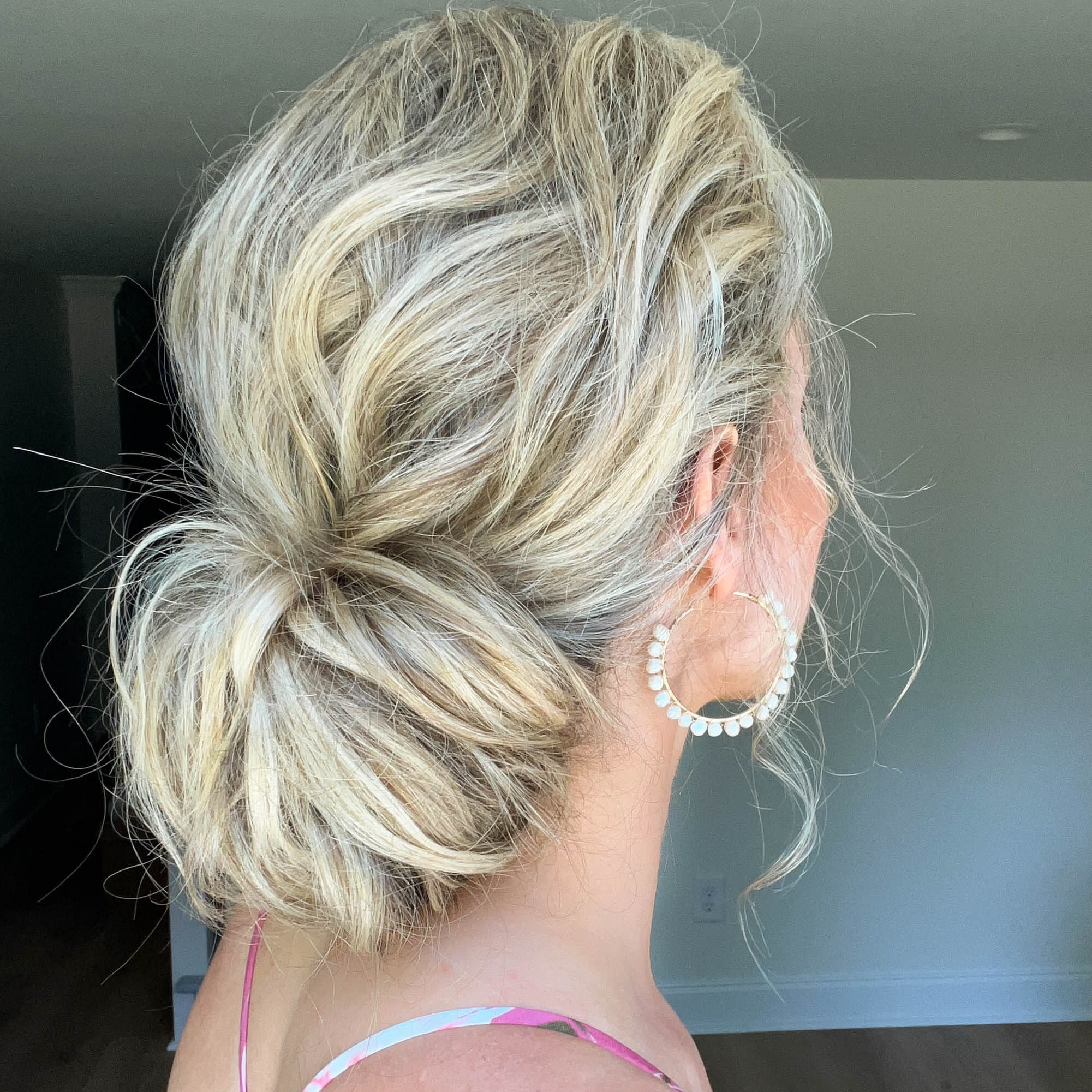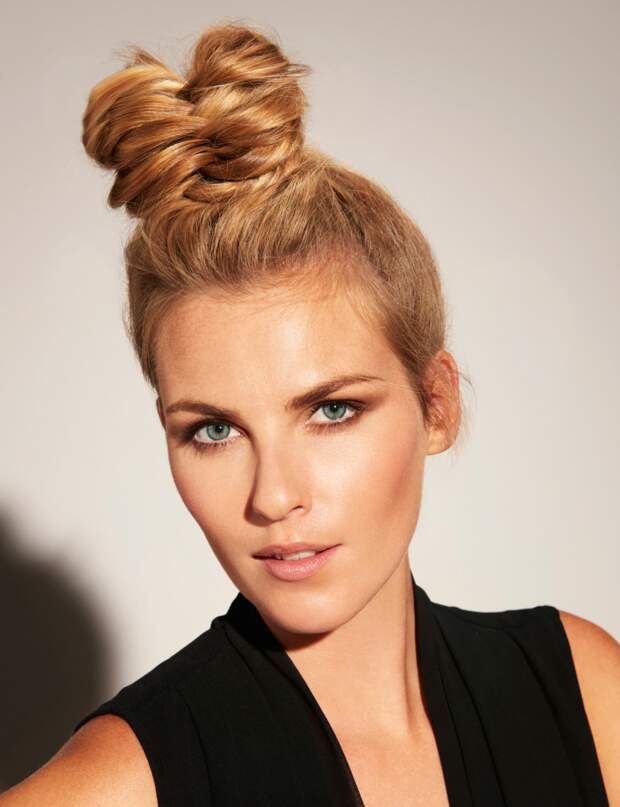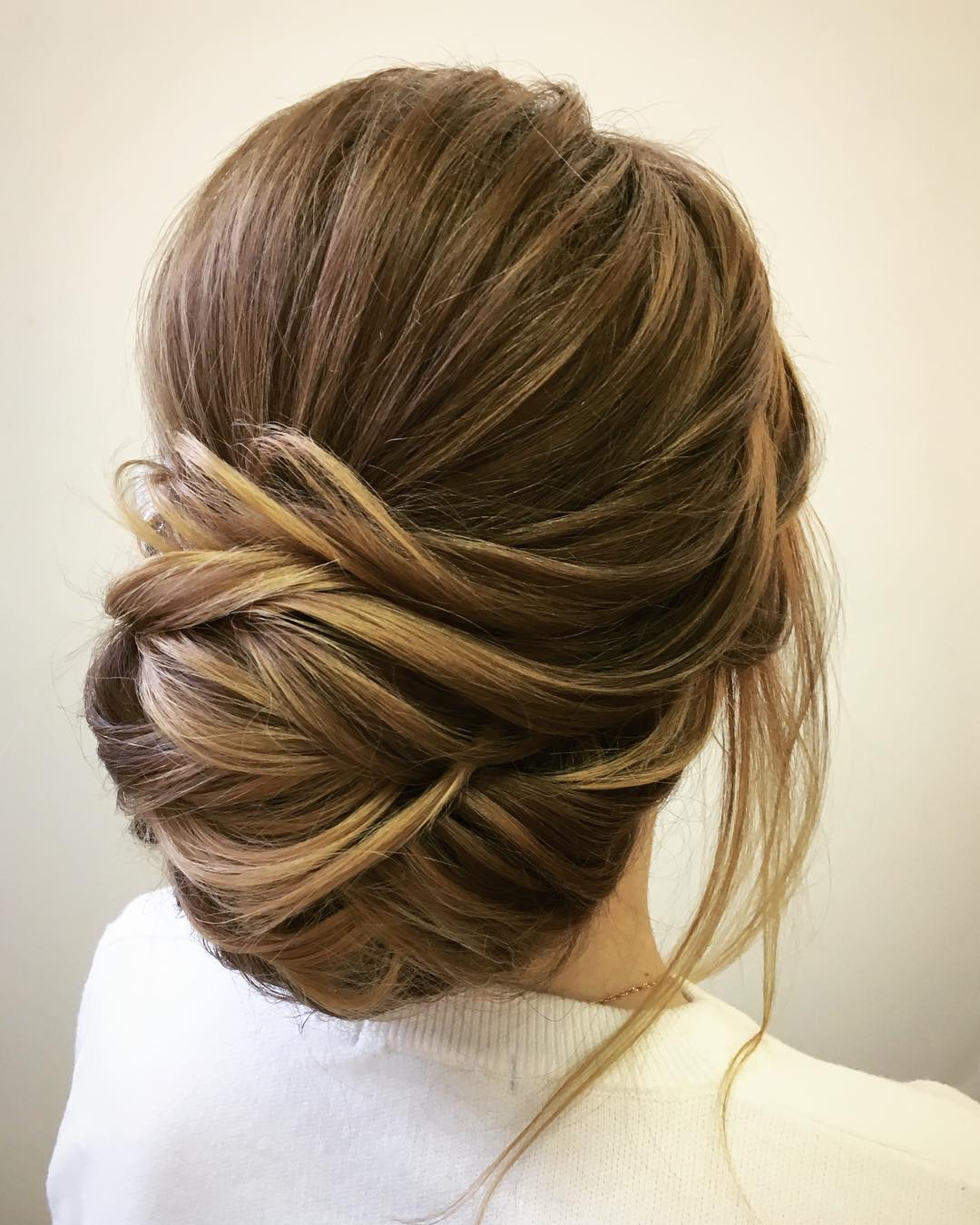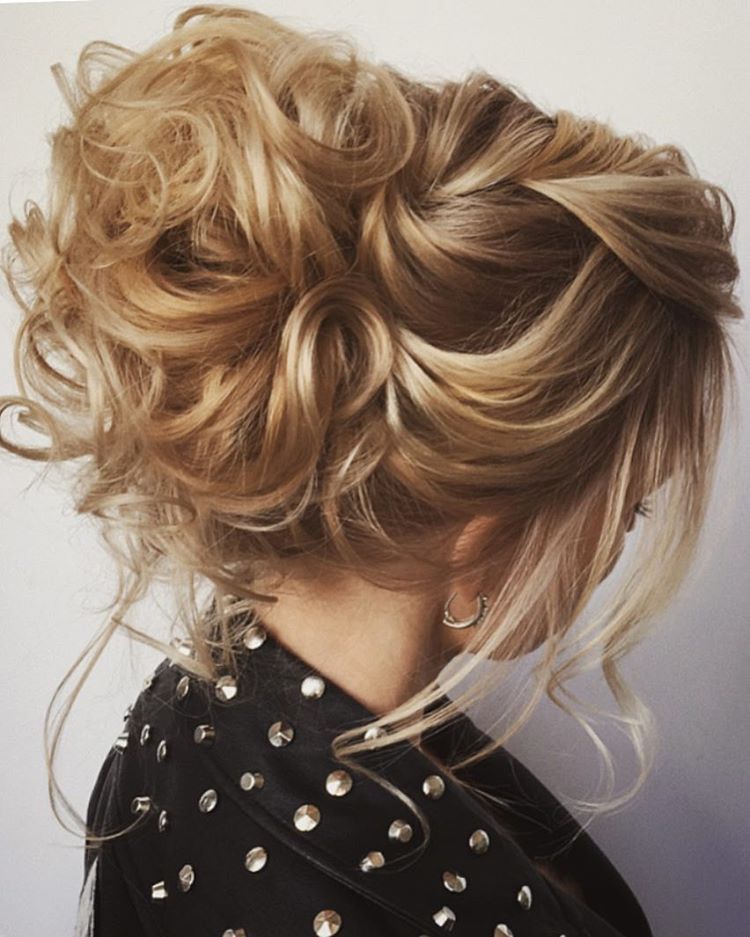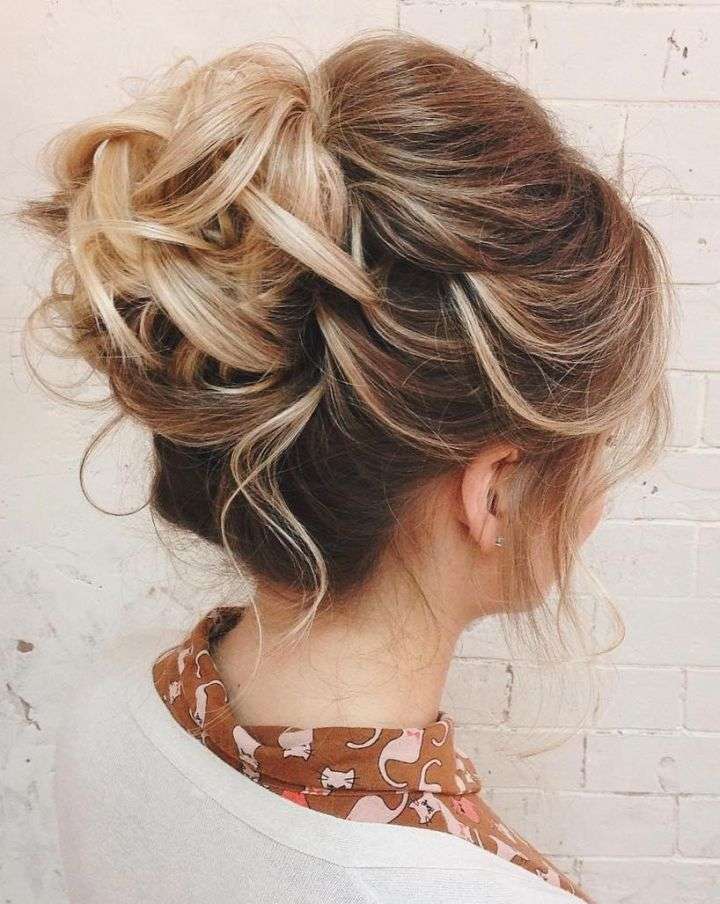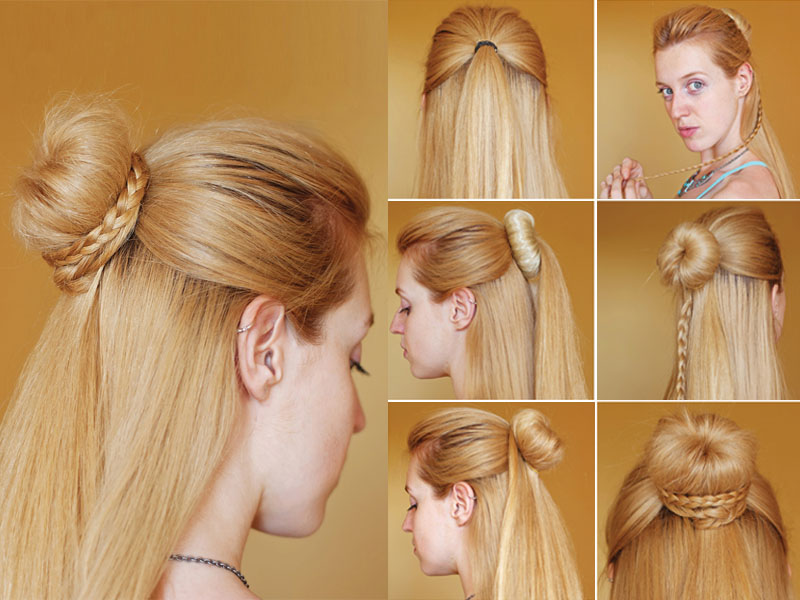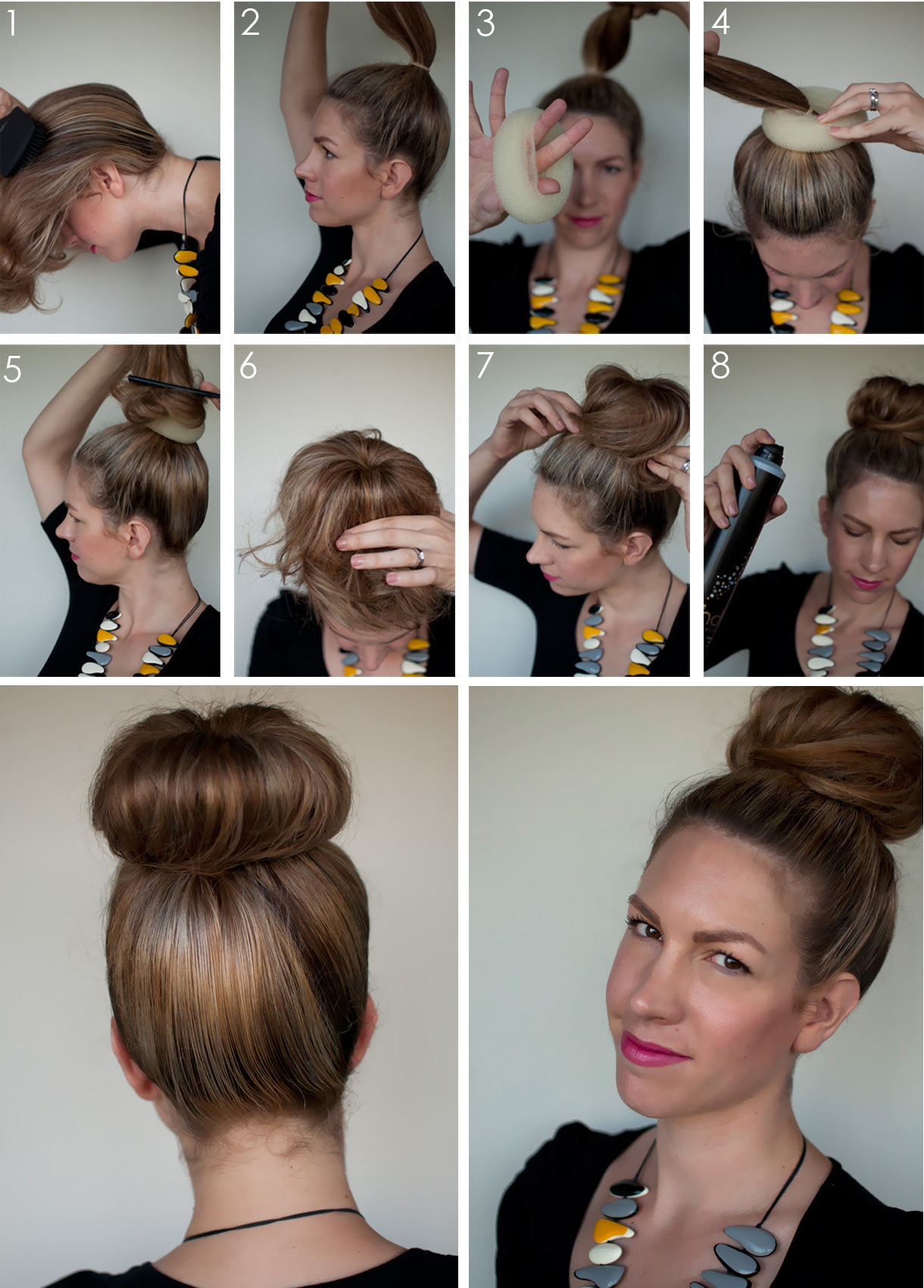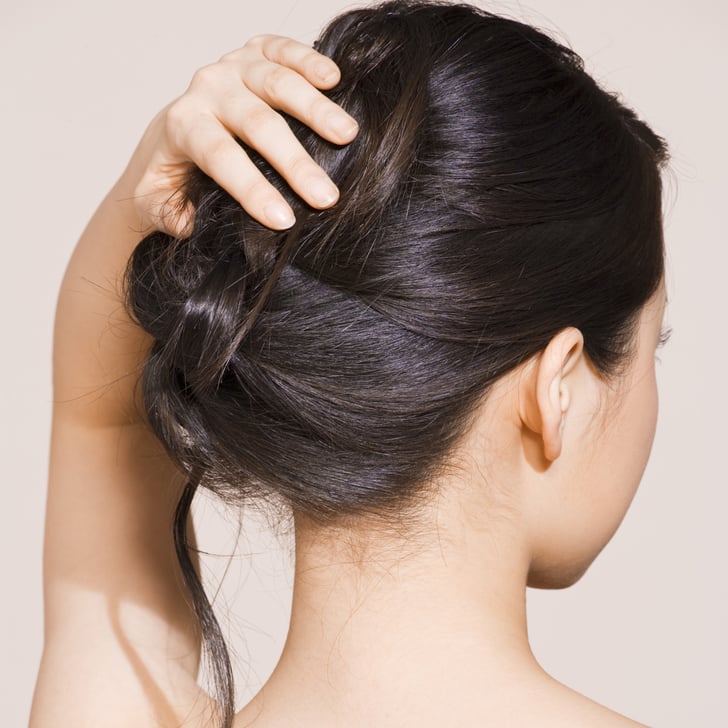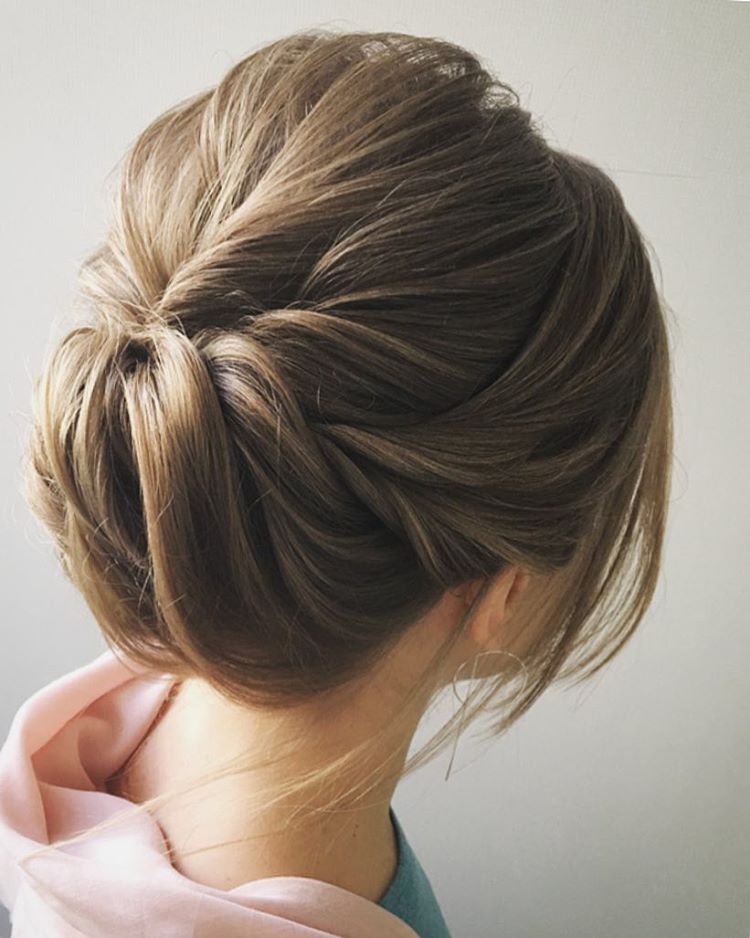Inspirating Info About Whats The Difference Between A Bun And Chignon New Hairstyle For Girl Video 2015

Split the hanging ends of hair into.
Whats the difference between a bun and a chignon. While many chignons can be defined as (using) buns, most buns cannot be described or called chignons. But that's not the case. Why is a chignon (sophisticated) versus a bun (not so sophisticated).
In the current parlance, while many chignons are buns, few buns are chignons. It’s basically about different occasions when you use one hairstyle or the other, the position of the bun on the head, and its construction as well. A chignon is a bun that exclusively sit low at the nape of the neck.
It can be worn in different ways, including high on the head, low, on the side, or on top. You might think that buns and chignons are interchangeable. The difference between a bun and a chignon is that a bun is a hairstyle that involves gathering all the hair into a knot at the back of the head.
A chignon or chignon bun is simply an updo hairstyle with a low bun at the nape of the neck. / ˈ ʃ iː n j ɒ̃ /, us: Traditionally, a chignon is considered a single low bun that sits where your head meets your neck.
The first thing to know is that these two terms are not interchangeable. Here's the long and short of it: While all chignons are technically buns, not all buns are chignons.
Chignons are considered more formal, classic, and even vintage, while many buns are viewed as casual updos. In the united states and united kingdom, it is often used as an abbreviation of the french phrase chignon du cou , signifying a low bun worn at the nape of the. The difference between a bun and a chignon.
So what's the difference between these two hairstyles? To do the classic chignon, you’ll need to separate your hair into 2 sections and tie the 2 ponytails together in a loose knot at the nape of your neck. We enlisted hairstylist lizzy weinberg to teach us how get this sophisticated style with a comb and just six bobby pins.
Known as a fancy french bun, the term chignon comes from the phrase “chignon du cou,” which means nape of the neck. What’s the difference between a bun and a chignon? But “chignon” and “bun” aren’t exactly interchangeable;
Scones can be made with just cream or butter plus cream or milk. They are often at the base of the head, whereas buns can vary in placement — from double buns at the top of the head to messy buns at the back. The bun is a hairstyle that is created by twisting the hair into a round shape.
A chignon hairstyle, also known as a bun, can be done in a few different ways. The name of this hairstyle comes from the french phrase ‘chignon du cou’, which translates as the ‘nape of the neck. People toss around the terms bun and chignon a lot, but are the two interchangeable?


